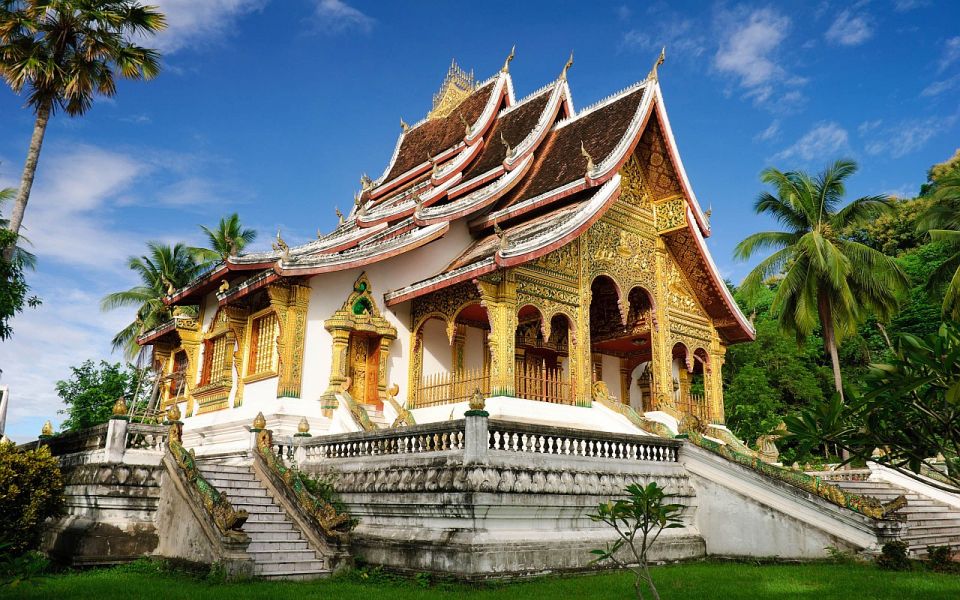Laos
Despite being just one hour by air from cosmopolitan Bangkok, life in Laos has continued in much the same way it has for hundreds of years, although things are now slowly beginning to change. In the mid-90s the government reversed its stance on tourism, and then declared 1998 “Visit Laos Year”. Ongoing efforts are putting Laos on the map as a unique and experiential destination, with tourist numbers rising every year.
Comparing to neighboring Thailand, Vietnam and Cambodia Laos is still “virgin” country. There is no big international hotels, luxury restaurants, modern clinics and hospitals etc. That’s why this is still destination recommended for backpackers and adventure travelers ready for some inconveniences during travelling.
Best time to visit:
Laos has 3 distinct seasons. The hot season is from March to May, when temperatures can soar as high as 40°C. The slightly cooler wet season is from May to October, when temperatures are around 30°C, tropical downpours are frequent, and some years the Mekong floods. The dry season from November to March, which has low rainfall and temperatures as low as 15°C (or even to 0°C in the mountains at night), is “high season, and the time when the most tourists are in the country. However, towards the end of the dry season, the northern parts of Laos – basically everything north of Luang Prabang – can become very hazy due to farmers burning crop fields.
Most recommended places to be visited:
Ascend Mount Phousi for a panoramic view of Luang Prabang and the surrounding rivers and hills.
Visit Laos’ cultural and religious centre, Luang Prabang. This ancient royal city has been a UNESCO World Heritage site since 1995. Located between the Mekong and Khan River, it boasts 33 large temple complexes and around 1,000 resident monks. Its considered as biggest tourist attraction and majority of tourist visiting Laos are confined to visit Luang Prabang only.
Visiting Luang Prabang is recommended for individual travelers and for MICE groups. Few daily flights links Luang Prabang with Bangkok and Hanoi although only small ATR aircrafts operate on this route.
Below attractions are recommended only for adventure travelers.
Swim in the lower pools of the Kuang Si Waterfalls, situated 30km from Luang Prabang, and bathe in the two hot springs some 52km north of Phonsavan: Bo Noi and Bo Yai.
For a special experience stay in a tree house in Bokeo Nature Reserve, near Houayxai, and travel through the forest canopy on zip wires looking for Black Gibbons.
Explore the hillsides and trek independently or as part of a locally organised tour. A number of guest houses offer hiking trips starting from Muang Xing, a small town on the river plains in the mountainous Luang Namtha province in the far northwest.
Float along the Nam Song River in a rubber tube in Vang Vieng. The scenery is stunning and enterprising locals will tow the thirsty in to riverside bars for Beer Lao. Many of the bars have zip lines and water slides.
Head to the Boloven Plateau in Champassak province for elephant riding and trekking. Pakse, home to many ethnic minority groups, is the region’s capital and the ideal base from which to explore the plateau.
Trek through the jungle on the back of an elephant to Tad Sae waterfall near Luang Prabang.
Visit Laos’ cultural and religious centre, Luang Prabang. This ancient royal city has been a UNESCO World Heritage site since 1995. Located between the Mekong and Khan River, it boasts 33 large temple complexes and around 1,000 resident monks.







